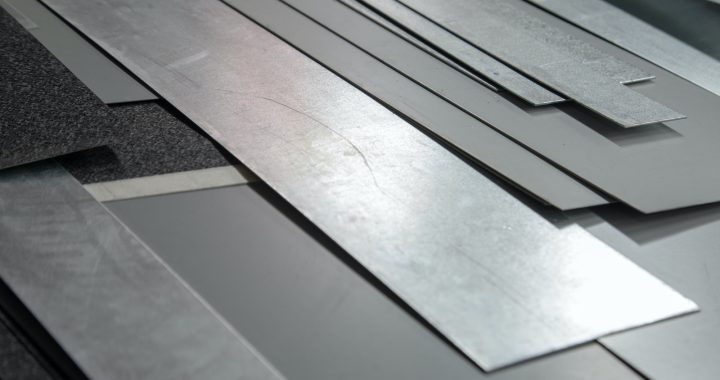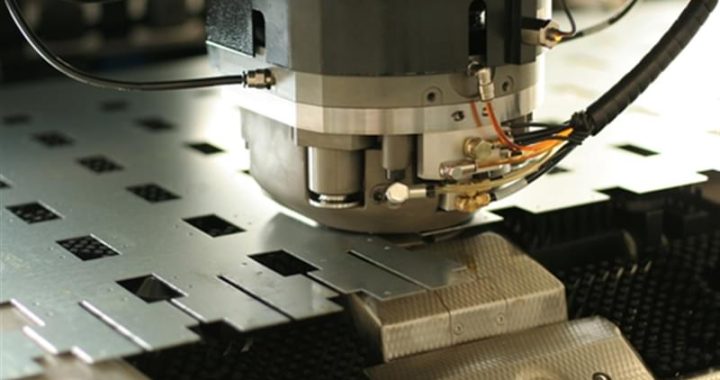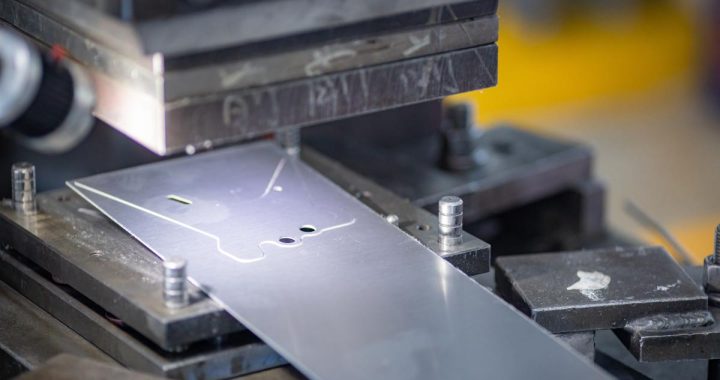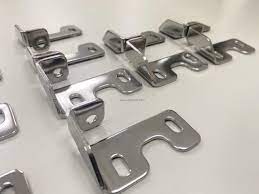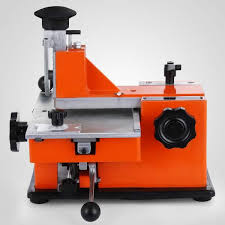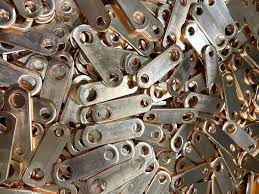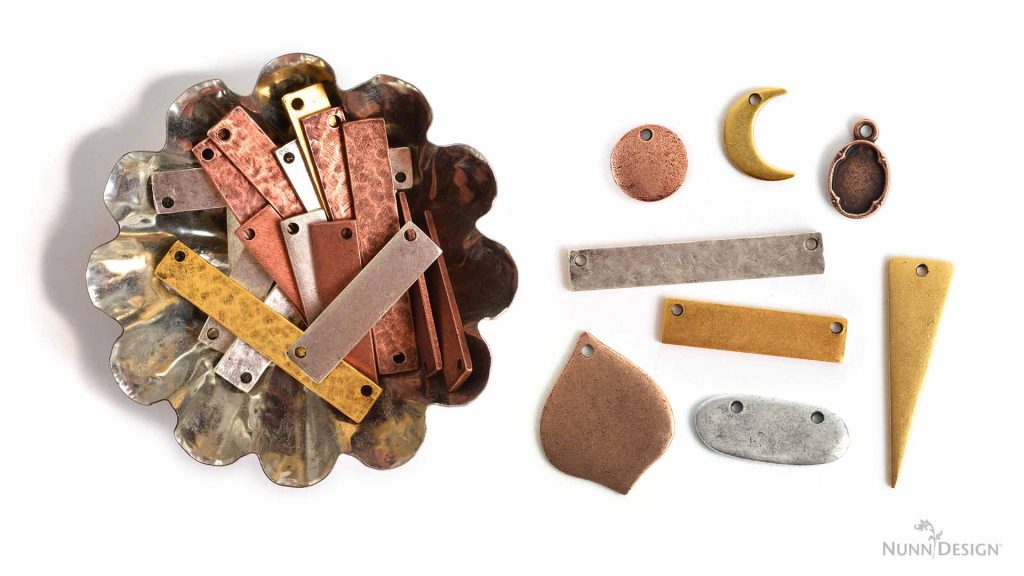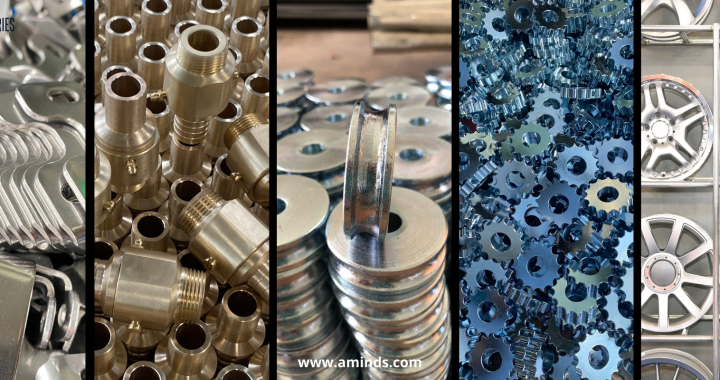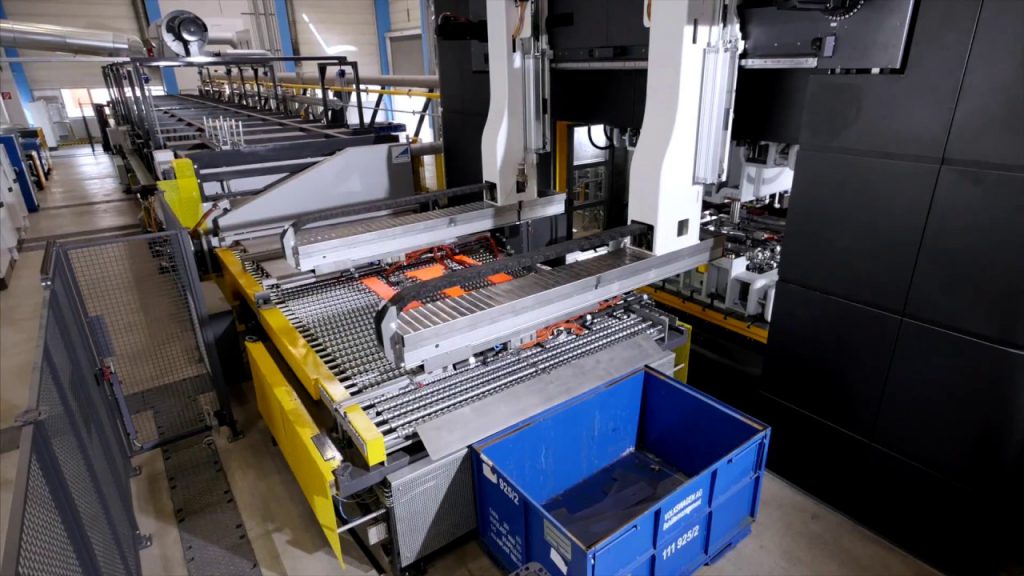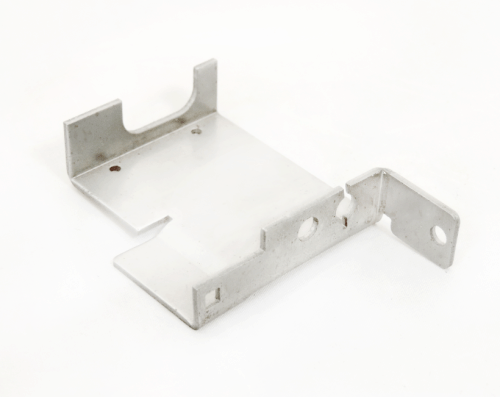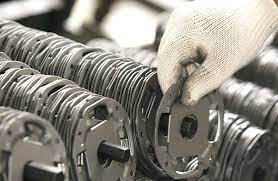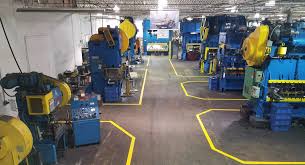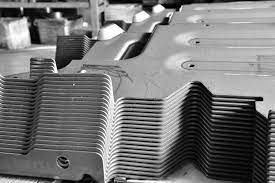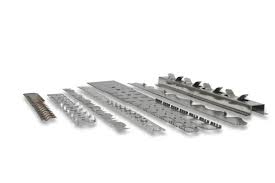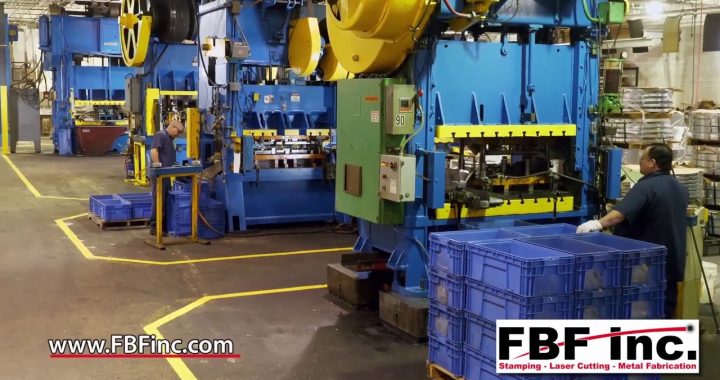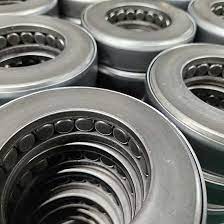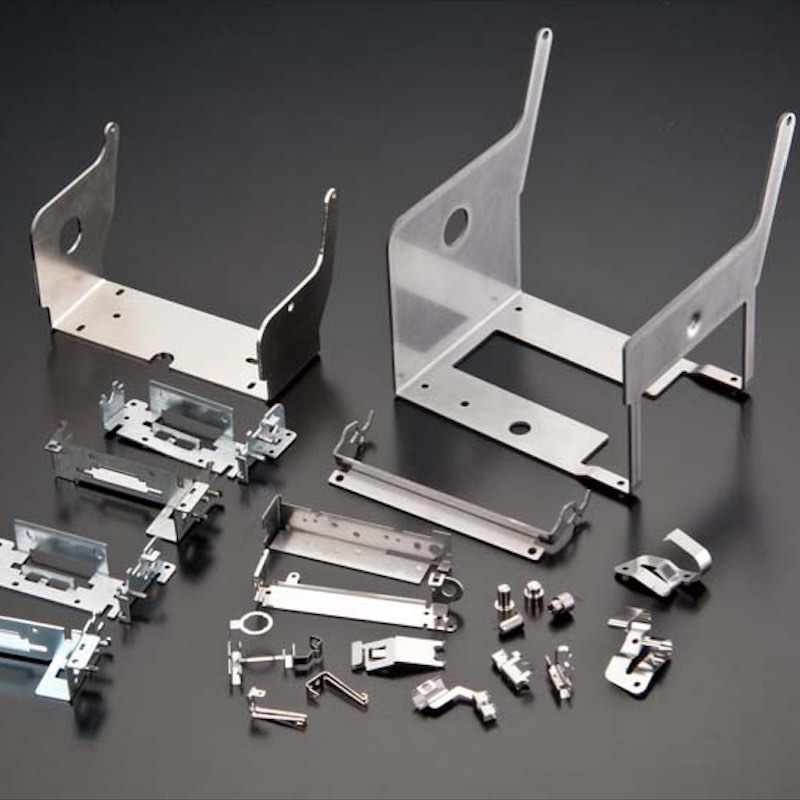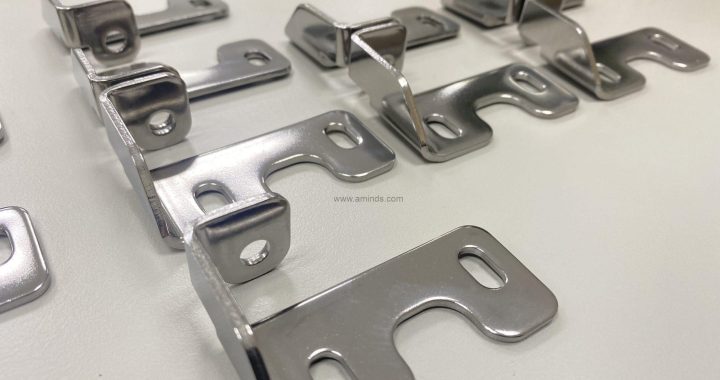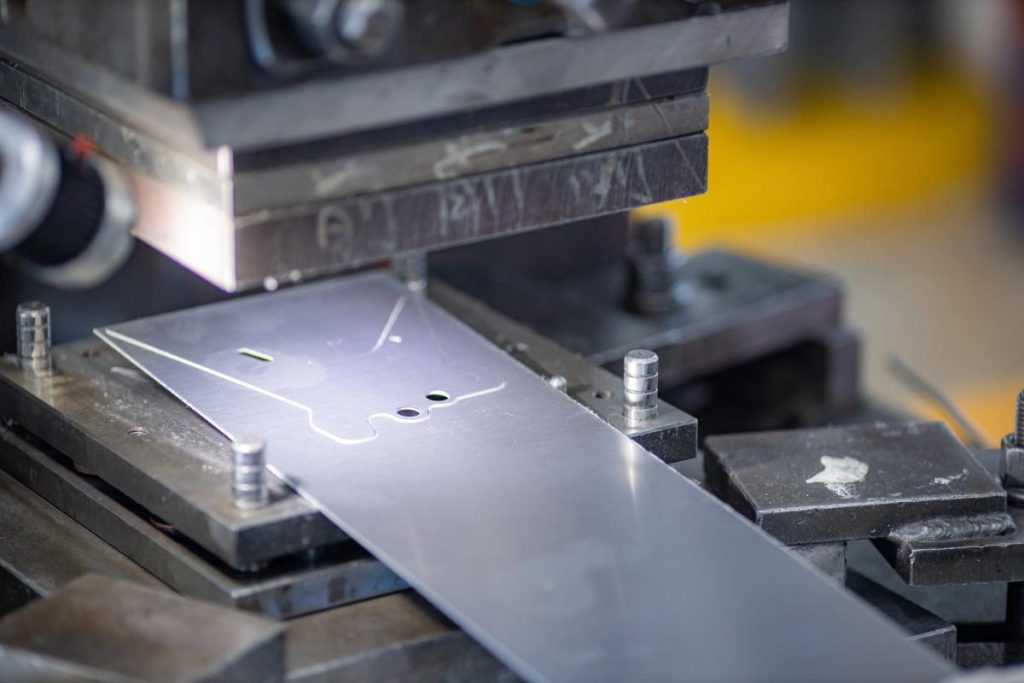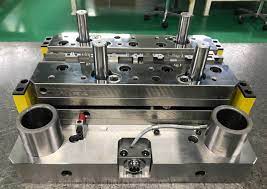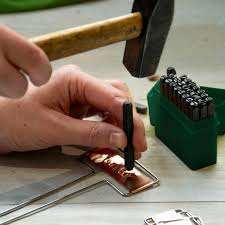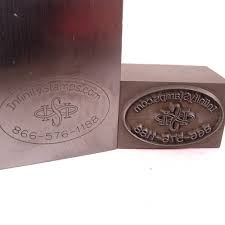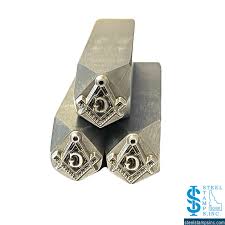In the modern realm of engineering and industry, hydraulic systems represent an influential yet discreet force driving numerous applications. These systems harness the power of fluids to generate, regulate, and transfer force, revolutionizing various sectors with their efficiency and adaptability. Let’s navigate the intricate world of hydraulics, exploring its wide-ranging applications, inherent advantages, and the instrumental role of geogrid in elevating its functionality.
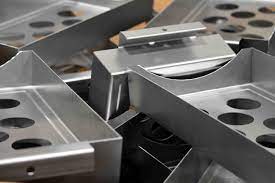
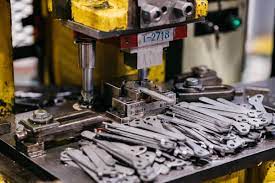

Decoding Hydraulic Systems
Hydraulic systems operate on the principle of using liquid to transmit force. Comprised of a hydraulic fluid reservoir, a pump for pressurizing the fluid, and actuators such as cylinders or motors, these systems employ pressurized fluid to perform a myriad of tasks. The fluid’s movement through the system creates force capable of lifting heavy loads, driving machinery, or executing diverse functions.
Diverse Applications of Hydraulic Systems
The applications of hydraulic systems span across a multitude of industries. In construction, they empower heavy machinery like excavators and cranes, facilitating precise movements and robust lifting capacities. Automotive sectors rely on hydraulics for braking systems and power steering, ensuring safety and maneuverability. They also play indispensable roles in aerospace, agriculture, and manufacturing for specialized tasks.
Advantages of Hydraulic Systems
One of the key advantages of hydraulic systems lies in their ability to generate substantial force using relatively compact components. They offer precise control, high power density, and the capability to operate efficiently in diverse environmental conditions. Their efficacy in transmitting power across long distances without significant loss makes them a cornerstone across various applications.
The Role of Geogrid in Enhancing Hydraulic Systems
Geogrid, a geosynthetic material derived from polymers or similar materials, reinforces soil structures, enhancing their load-bearing capacity. In hydraulic engineering, geogrid stabilizes soil in various applications, including retaining walls, embankments, and slope reinforcement. This reinforcement fortifies soil structures, enabling the construction of robust foundations for hydraulic systems, ensuring their durability and resilience.
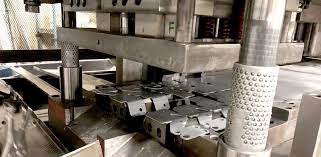
Relevant Applications:
Hydraulic systems form the backbone of heavy machinery, powering cranes, forklifts, and bulldozers. They operate hydraulic presses in manufacturing, offer precise control in flight simulators, and drive mechanisms in amusement park rides. Geogrid specializes in civil engineering, fortifying soil for roads, railways, and hydraulic structures like dams and levees.
Hydraulic systems continue to shape various industries by delivering unparalleled power and precision. The integration of geogrid amplifies their strength, ensuring stability and reliability in critical hydraulic applications, solidifying their significance in today’s engineering panorama.
